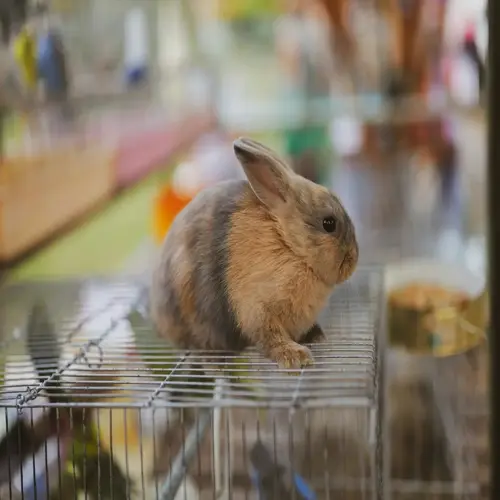Can live plants replace biological filtration?

Written by
Hoang Long
Reviewed by
Prof. Henry Webster, Ph.D.Though absorbing some aquarium waste, live plants cannot replace biological filtration. Filter nitrifying bacteria process ammonia 24 hours a day. Plants only absorb nutrients during daylight hours. To rely solely on the plants creates a dangerous situation of ammonia spikes, especially at night. I have cured many tanks filled with algae from owners' believing that plants take care of the filtration needs.
Processing Capacity
- Plants absorb only 10-30% of ammonia from stocked tanks
- Heavily planted tanks still require bacteria for full bioload
- Nitrifying bacteria process waste 10x faster than plants
Light Dependency
- Nutrient absorption stops completely during dark periods
- Ammonia accumulates overnight without bacterial processing
- Minimum 8-hour daily light exposure required for minimal function
Species Limitations
- Fast-growing stem plants like hornwort absorb most nutrients
- Slow growers like anubias provide negligible filtration
- No plants effectively process nitrite at required rates
The best results can be achieved by combining plants with biological filtration. Place plants that grow quickly near the output of anaerobic filters, where they can get hold of nutrients effectively. Use some filter media like ceramic rings or similar materials that house the bacteria responsible for the nitrification process. The use of this system has cut the levels of nitrate in my client's tanks by 80%.
Vigilantly observe your ammonia levels in planted tanks, particularly right before the lights come on. Dusk measurements will reflect bacteria accumulation overnight that you may not see during the day. I suggest using API liquid tests near the 6 AM hour to know if a toxicity spike has occurred while you slept.
You can not assume that filter maintenance is absolved because of plants. You should clean the mechanical filter elements every week, but maintain the biological media. Replace half the press at a time to avoid losing the bacteria colonies you have housed. Maintaining a little balance helps each type of system work efficiently.
Know the signposts of visual danger (melted plants, algae blooms) that denote ammonia/nitrite is present, even with plant growth. Such tanks need water changes and bacterial supplements to revive. Too, it is much easier to prevent this than to try to correct it with filtration.
Read the full article: Aquarium Cycling Process: Essential Beginner's Guide

